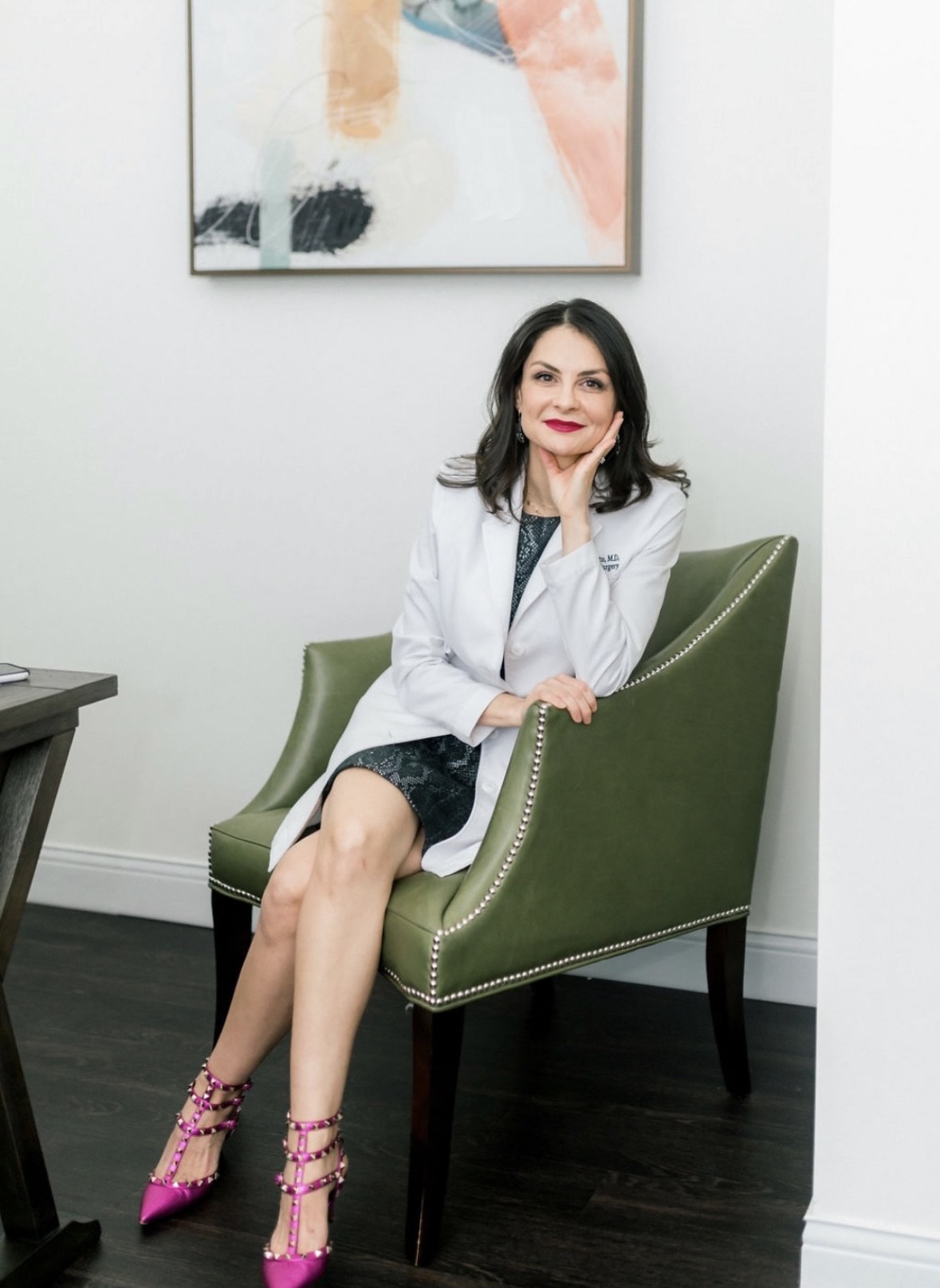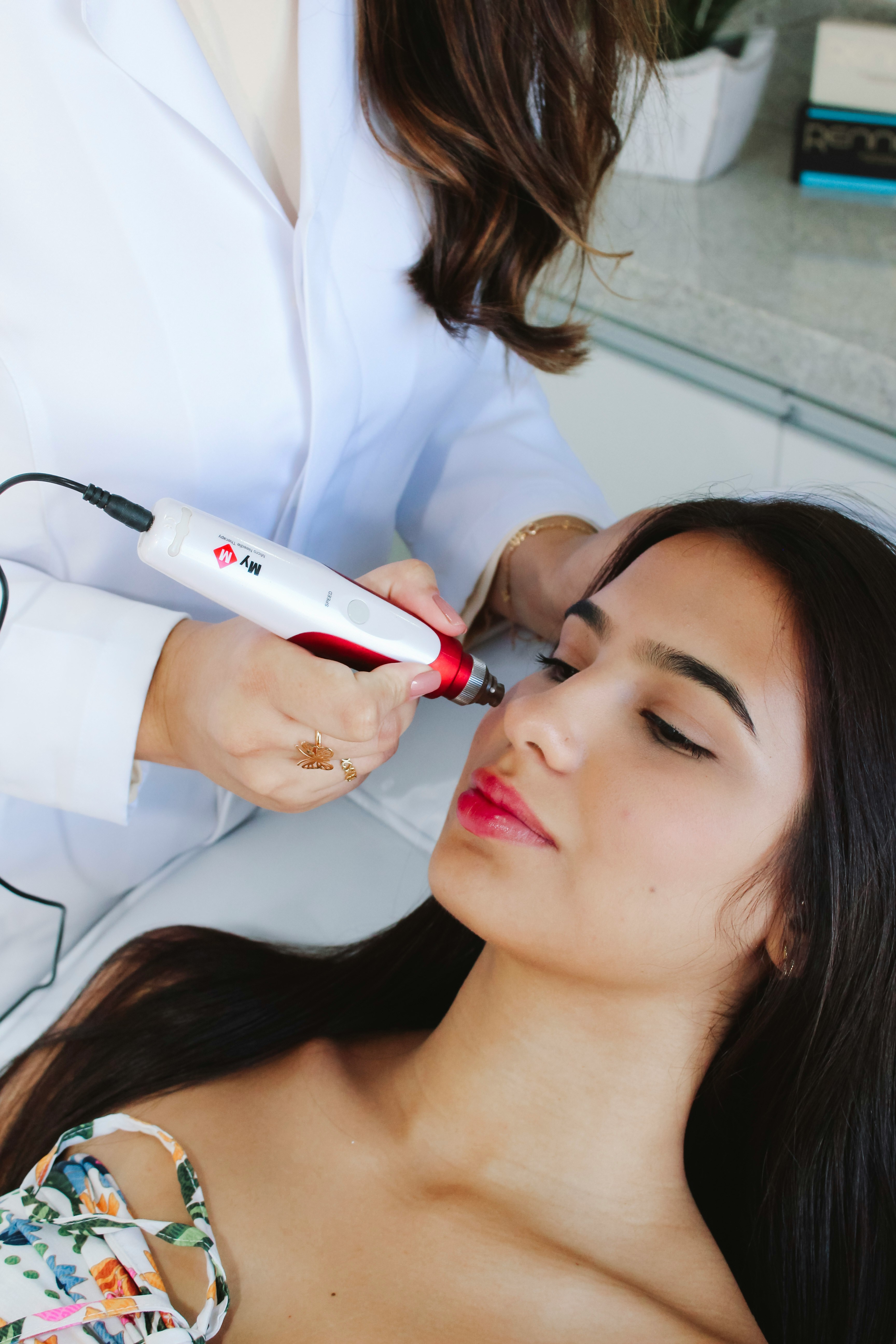As we age it is normal for the eyebrows to “droop” and sit lower on the face, crowding the upper eyelid and creating the appearance of “hooded” upper eyelids. For patients with signs of early eyebrow ageing, in-office browlift may be an option. Unlike endoscopic browlift which lifts the entire forehead and requires general anesthesia this minimally invasive browlift can be performed in the office and requires minimal downtime.
Dr. Kitto is a Board-Certified plastic surgeon who specializes in eyelid and facial rejuvenation.
For more complete facial rejuvenation this browlift procedure may also be performed in conjunction with upper eyelid surgery also known as an eyelid lift in order to restore the refreshed and bright appearance of your eyes.
Best candidates
Women and men who are unhappy with the low position of their eyebrows. Patients who have ageing of the eyebrows only and not the forehead are good candidates for in-office browlift. Patients should be in good overall health, refrain from smoking and don’t have any serious eye condition.
The procedure
Patients remain comfortable and pain free during the procedure without having to go “under” anesthesia and without the long recovery after anesthesia. After using numbing medication Dr. Kitto will make small incisions above the eyebrow through which she can place the eyebrow in its more youthful and lifted position. Symmetry is paramount and as an Oculoplastic Surgeon Dr. Kitto is a perfectionist. The incisions are closed with dissolvable or sometimes permanent sutures which may remain in place for 7-10 days. The final result is a natural and a refreshed appearance.
Recovery process
As this is an in-office and minimally invasive procedure the recovery is quick and relatively painless. As this procedure is close to the eyes patients are required to have a designated driver. It is common to have swelling, bruising and irritation of the operated area for 5-7 days. Post-operative pain is treated with over the counter pain medications. Antibiotics are also prescribed. If permanent sutures were used those are removed in the office at 7-10 days after surgery. Patients are seen regularly in the office to ensure a complete recovery.








